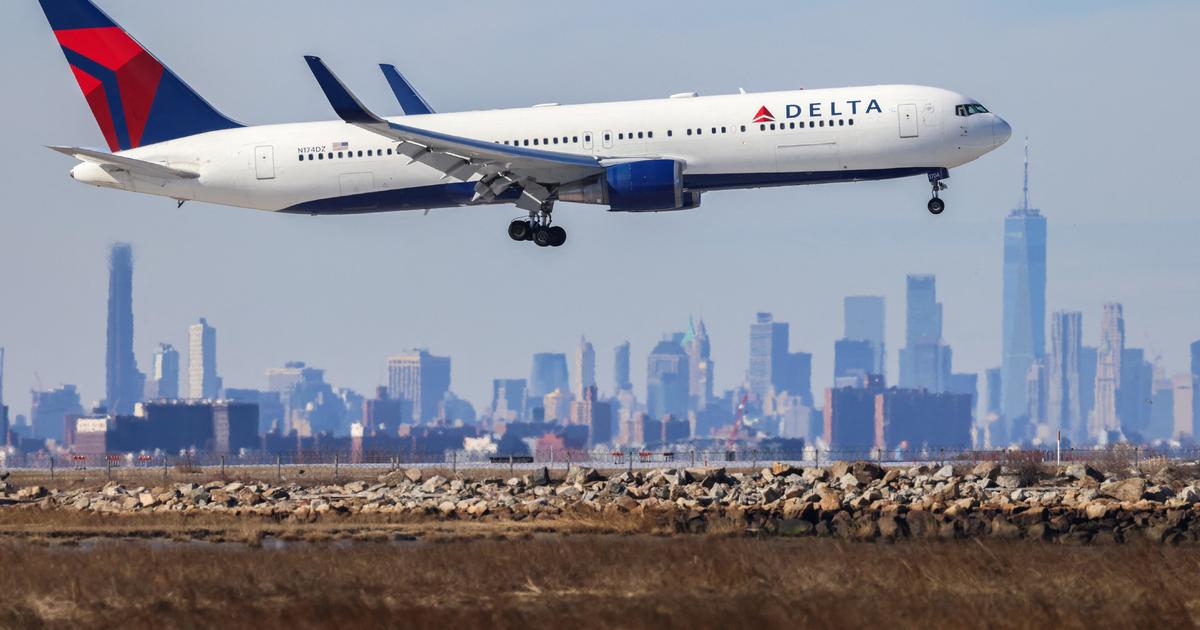Old Inlet breach that was created by Superstorm Sandy and flushed out pollution in Great South Bay is closing
LONG ISLAND, N.Y. -- A natural waterway created by Superstorm Sandy could close soon as sand fills what used to be a massive breach on Fire Island.
Thursday, CBS2's Carolyn Gusoff returned to the inlet that was created a decade ago.
Long Island waters have never been cleaner. It was a silver lining to Superstorm Sandy.
"Just tropical. Like light blue," Fisherman Mike Busch said.
Busch noticed a stunning difference after the storm, which ripped a large breach through Fire Island from the ocean to the bay in 2012 and flushed out pollution.
"You can see the bottom. A lot more fish activity," Busch said. "Everything got better. The clams came back, there's oyster farms now, the birds. It was just a complete turnaround."
For a decade, Busch and volunteer pilots have been documenting the breach, called Old Inlet because it also breached centuries ago and was a route for Revolutionary War ships.
It turned out to be an incredible gift from nature.
"It made an enormous difference. Clams came back, fish came back that haven't been in these waters for decades," said Charlie Flagg, a research professor at Stony Brook University. "It reduced the nitrogen load by about 50 percent."
There was debate about closing the breach. The National Park Service decided to let nature take its course as part of the 7-mile Fire Island wilderness, unless mainland flooding got worse. It didn't.
"This is a very good example of something that was controversial at first. We let nature take its course and in the end the bay got better," said Michael Bilecki from the National Parks Service.
Now, the breach is closing naturally. What used to be as wide as four football fields is less than 100 feet.
"Now you can walk across the end at low tide. So it just looks like the beginning of the end, at least," Busch said.
A decade ago, CBS2 went there by boat and anchored in the mouth of the inlet. It was 20 feet deep. Thursday, we couldn't get close because so much sand had filled in.
Water quality is declining again. Experts won't venture a guess at how long the breach has left.
"That's a fool's bet, but it will definitely close," Flagg said.
Busch is hoping for another godsend.
"Maybe we can have a nice storm this summer and get a few more years. I'm praying," he said. "All the fertilizer on the lawns, the runoff on the roads, we've gotten a 10-year pass,"
One thing is certain: Mother Nature will have the final say.
If the breach closes, beaches to the west will see more sand and become wider.




